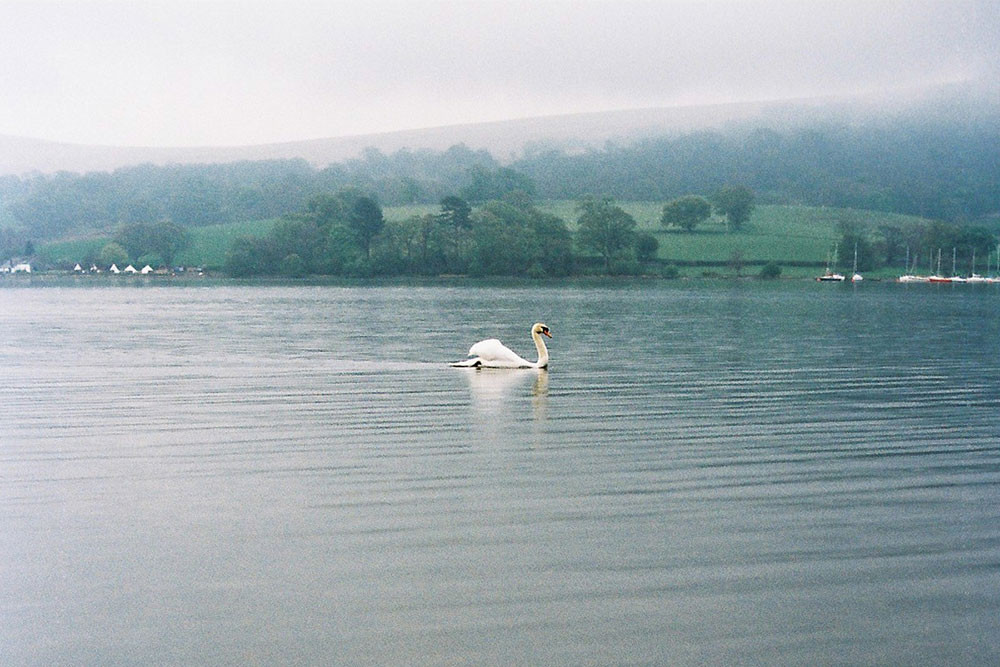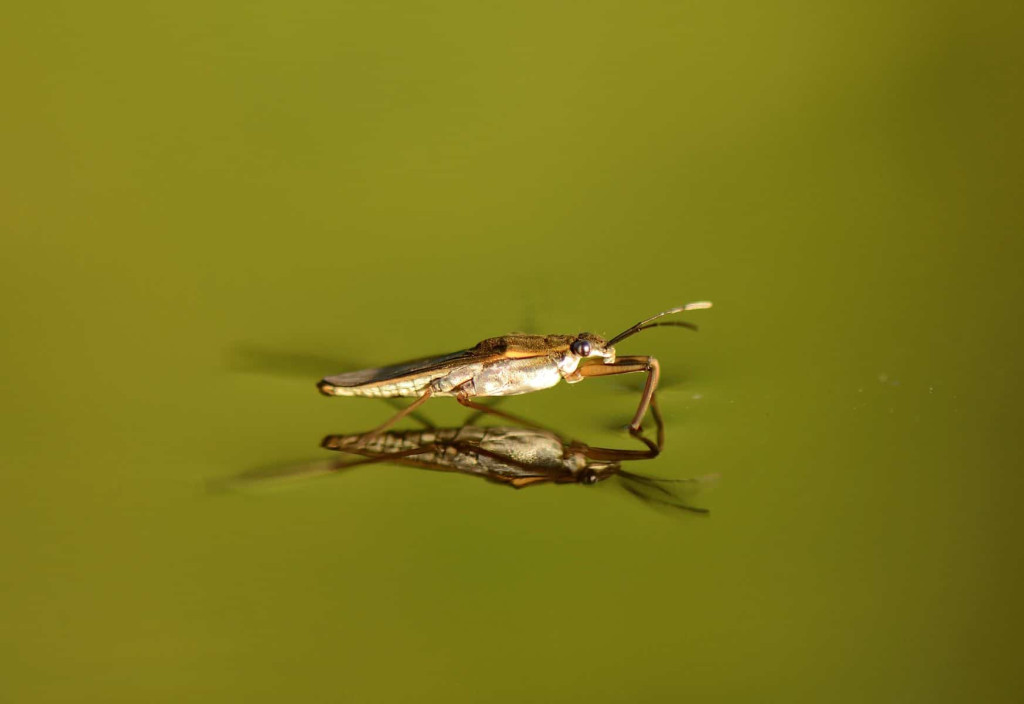Wildlife that walks on water
(6 minute read)
Where there’s water, there’s life – and lots of it. From the minute to the massive, aquatic wildlife is rich in diversity and abundance. Here in the Lake District, freshwater species have a bounty of rivers, streams, ponds and lakes to live in – and float on.
Only a short drive from Ullswater RSPB Wild Haweswater is an initiative created by the RSPB and United Utilities to showcase this wild corner of the National Park. Heather Devey, Visitor development officer at Haweswater is no stranger to floating wildlife. Here’s her top selection of who you can spot on your visit.

Pond skaters
Starting with the small, our first new watery friends are the 3,800 freshwater invertebrate species who call Britain home.
Dragonflies, damselflies, mayflies, stoneflies, midges; the ethereal winged creatures we imagine dancing in mid-air, actually spend the majority of their time crawling below the surface of the water, away from prying eyes.
There is, however, one freshwater invertebrate that most of us will have encountered – a companion to pond dippers, paddlers and wild swimmers alike: the pond skater.
Gliding gracefully across its surface, pond skaters appear to have mastered walking on water. But there are evolutionary secrets to their success.
Water repellent hairs on their feet permit them to walk on the surface film of water, a feat of engineering which, combined with the slight weight of the pond skater, results in the miraculous act of walking on water.
Using surface tension, these minute miracle-makers feel vibrations across the water film to hunt other small invertebrates, using a tiny needle-like mouth part to catch unsuspecting prey.
Gliding gracefully across its surface, pond skaters appear to have mastered walking on water. But there are evolutionary secrets to their success…

Wildfowl
From mallard ducks to mute swans, greylag geese to goosander, there’s a wonderful array of wildfowl to discover on lakes and around their edges.
So how do the birds that so elegantly grace the surface of our lakes stay afloat?
Wildfowl share the same light, hollow bones and internal air sacs (air filled ‘balloons’) as other birds, along with a special preening (uropygial) gland at the base of their tail. This gland secretes an oily substance which the birds use their beaks to distribute, helping their feathers become water-resistant. Not only are their feathers water-resistant, but they can also trap air, using special barbs to create an ingenious airlock system that can be speedily rearranged should they need to dive.
Meanwhile, large, webbed feet act as mighty oars underwater, and work busily to move and steer the birds, which – on the surface – appear the picture of serenity.
Large, webbed feet act as mighty oars underwater, and work busily to move and steer the birds, which – on the surface – appear the picture of serenity.

European otters
A quick flick of the tail is often enough to bring intrigue and excitement to still water.
Floating on the surface of rivers and lakes – their body shape and fur coat perfectly camouflaged with flowing water – otters can be tricky to spot.
As they swim, they leave a subtle wake in their trail, but a long flick of the tail as they take a deep dive is the ultimate tell-tale sign that you’re sharing the water with otters.
A long flick of the tail as they take a deep dive is the ultimate tell-tale sign that you’re sharing the water with otters.
Shockingly, until recently, these secretive mammals were faced with near-extinction in Britain.
Habitat loss and water pollution meant otters faced a catastrophic decline in the 1950s – 60s, restricting populations to the far reaches of Scotland and isolated pockets of southern England. Today, otters have re-established throughout the UK, including here in the Lake District. With otters a key indicator of healthy freshwater ecosystems, their return is a real testament to the improved health of our watercourses.
Otters are omnivores, and in late summer/ early autumn can be found feasting upon the abundance of freshwater life below and above water. Fish, amphibians and invertebrates are on the otter’s menu, along with the berries of lakeside trees such as Hawthorn and Rowan.
If you sit quietly by the still water’s edge, you may just be lucky enough to see that elusive swish of the tail…
